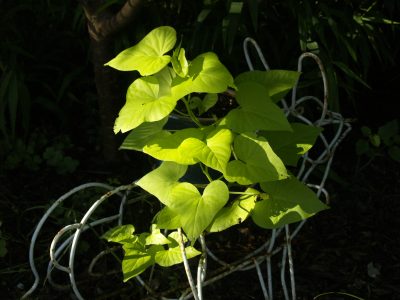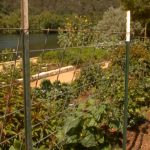Exactly what are annuals and how do they affect our mood?
Botanically, an annual may be just that: a plant that lives for a year and then dies, annually, due to the nature of its life cycle. These plants may or may not actually live an entire year: they die as soon as they flower and produce seed, thus ensuring the next generation.
But horticulturally, an annual is a plant that is used for seasonal interest, and these “annuals” wouldn’t NECESSARILY die each year, IF they were grown in their native habitat.
Winter annuals prefer cool temperatures and can’t handle our summer heat, so we plant them in the fall or winter and enjoy them until they’re killed by warmer temperatures. And summer annuals are the opposite: thriving in our heat but dying almost as soon as cooler weather arrives.
After a cold and cloudy winter, a quick burst of color from a container of cosmos, marigolds, cleomes, or zinnias in the spring are just what the doctor ordered to chase away the winter blahs. And in autumn, we may find our spirits lifted by fall rains, shorter days, and cooler nights, which signal the end of the overbearing heat. So a bed of pansies, snapdragons, larkspur, and calendula helps to wash away the energy-zapping heat-stress.
And fragrance, of course, is mood-lifting. The scent of dianthus, sweet peas, daffodils, and hyacinths in the garden can work wonders on frayed nerves.
There should be a place in every yard for a garden, and not just for vegetables. A garden is place where you can dig in the soil regularly and rotate plants according to your mood and the season, as opposed to a landscape, where plants may be shaped and maintained, but the overall look is static and changes aren’t too drastic. Annuals help US transition when the climate does, and ensure that our garden is always interesting, in every season.








 David Timmons
David Timmons Billy Lee Myers Jr.
Billy Lee Myers Jr. Daphne Richards
Daphne Richards
 Trisha Shirey
Trisha Shirey Cucumber growing
Cucumber growing